FOOLING THE UNDERTAKER (1900)
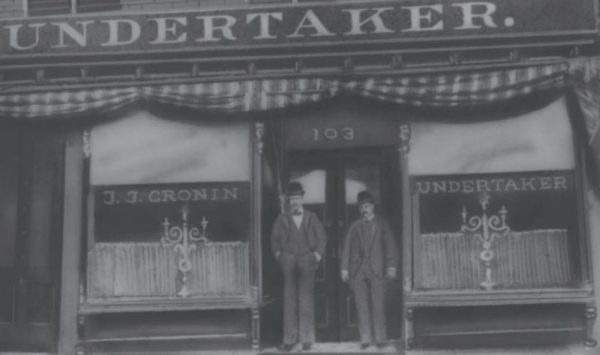
Among the many thriving shops that lined busy Ralph Avenue at the turn of the century was a single story storefront at 159 Ralph Avenue. Just up from Macon Street, it stood amongst the avenue’s tailors, bakers, butchers, paper-hangers, plumbers, and pharmacies, dealing in bereavement and mourning. Hardcastle Brothers Undertakers had been in the neighborhood for almost as long as there had been a neighborhood. When a local resident died, it was usually Robert K. Hardcastle’s business to have them removed to his undertaking salon where he would prepare them for their wake and subsequent burial. Hardcastle was of Scotch-Irish descent – a bit bull-headed, very stubborn, and quite recently deaf. But he was a respected member of the community for the role he played in it, and the work he did for the families here. Hardcastle prepared and buried a good number of the people who died on Macon Street and the surrounding streets at the time. His business was steady, as people were constantly dying, so, other than a bit of advertising he did a few years ago for Dr. Copeland’s patented Hearing Treatment – he had little need to advertise his own undertaking services. It was all word-of-mouth. In 1900, though, a small piece of newspaper fluff about an employee of Hardcastle’s brought some unwanted advertising to Hardcastle and his salon. THE MORTUARIST’S SHOPKEEPER In Hardcastle’s employ was a man by the name of Henry C. Park. Park was Hardcastle’s shopkeeper. In addition to helping Hardcastle with ordering and […]
THE “SCREAM” OF MACON STREET (1907)
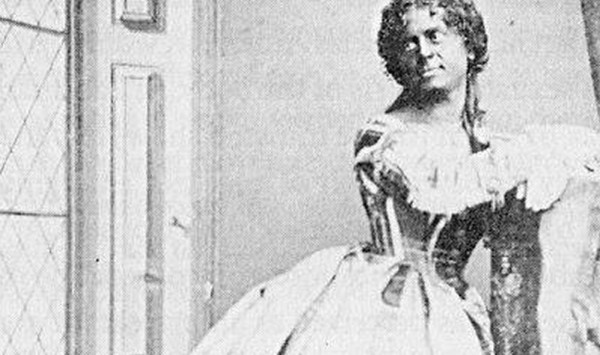
******************************************************************************************************************************** Brownstone Detectives investigates the history of our clients’ homes. The story you are about to read was composed from research conducted in the course of one of those investigations. Do you know the history of YOUR house? ******************************************************************************************************************************** Female “personators” seemed to bring out the passion in folks back in the day. Maybe there was less sexuality involved in the whole dressing-as-a-woman thing. Or maybe it was simply a matter of sexuality not mattering at all. Or, as some say, it was everything. But when “The Great Eugene” took the stage – and he took the stage always as a woman – men, in particular, seemed to find themselves singularly rapt in attention and admiration at the spell that the talented female personator was casting over them. BUILDING THE PERFECT IMPERSONATOR The Great Eugene, otherwise known simply as Eugene, was named Eugene D’ameli as a child. He was born on Manhattan in 1836, and, according to The New York Dramatic Mirror (the Broadway rag of the time), he made his first debut at the tender age of 17, playing what he would end up playing the rest of his career – a “prima donna” – a persona which “he improved and perfected until it was considered the best of its class.” His partner, “Johnny” Unsworth, of 700 Macon Street, recalled Eugene’s beginnings in the minstrel theatre. “Because he was so small and slight and built somewhat like a woman Gene started female impersonations, always in black face, as a […]
TINTYPE, OWNER, 738 MACON ST. (1892)
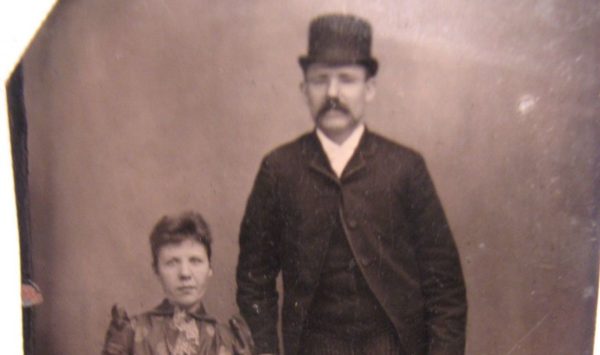
This is the oldest picture we tracked down of a former owner of 738 Macon Street, a house which was the subject of our first House History Book, “No. 738 Macon Street: The Story of a House.” A tintype, it was taken around 1892 at Macy’s in Manhattan, a standard location where people went to have such parlor photographs made. The subjects of the tintype are Martin Loftus and his wife, Rose. (These are the grandparents of the celebrated Aunt Patsy, who we tracked down during the writing of the book. Click the link to enjoy a short interview with her about her time in the 1940s on Macon Street in Bed-Stuy.) Then recently married, Martin and Rose were living at No. 32 Greenwich Avenue in Manhattan where Martin was working as an engineer. Around the turn of the century they would move with three kids (and one on the way) to a wood frame house at 293 Bainbridge Street in the Stuyvesant Heights section of Brooklyn. The house no longer exists, but neither does the wood mill that sat next door to it. Another 20 years later, in 1919, and their 3-generational family of nine would move into 738 Macon Street – where members of the Loftus family would live for 32 years. Follow @BrownstoneDetec ———————————————————————————————————————– The Brownstone Detectives The story you have just read was composed from extensive historical research conducted by The Brownstone Detectives. We perform in-depth investigations on the historic homes of our clients, and produce […]
THE BLOOD BUBBLING IN SARATOGA FIELD
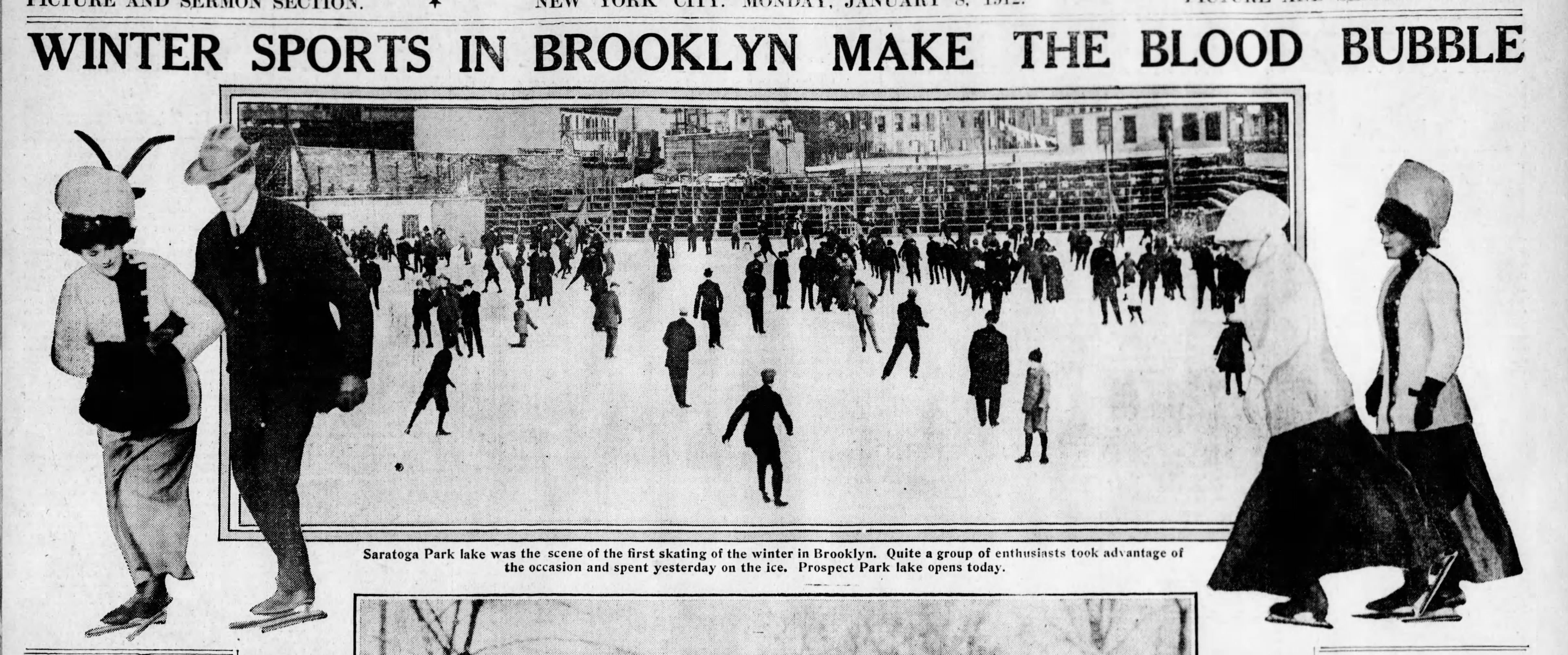
(The picture above shows one of the last years – 1912 – that Saratoga Field was used for skating – or any sports, for that matter – as the entire lot would be developed later that year. The image shows the “first skating” of 1912 in Saratoga Fields. Brooklyn Daily Eagle, Mon., 8 January 1912.) After Saratoga Park was built, the block due east of it – formerly used as a the horse market which sat across the street from the Halsey streetcar stables – became know as Saratoga Fields. This large lot which abutted Broadway, Halsey and Macon, became the stand-in location for circuses through about 1905, and then for assorted sporting events afterwards through early 1912. Because of its proximity to Saratoga Park, though, for a number of years after the park’s construction, Saratoga Field continued to be referred to as Saratoga Park. Run by the Saratoga Amusement Company (for circuses and assorted sports from the early 1890s), they had two main draws, from the people living in the community, to pay the rent. In the winter, they provided skating facilities to the masses, by flooding the field and making a huge outdoor skating rink, which was extremely popular throughout the winter. In the summer, the company improved the lot for use by semi-professional baseball teams, which flourished in this part of Brooklyn. There were countless ball teams from the area which vied to defeat one another on a daily basis – and the competitions were covered keenly […]
MACON STREET VS. CHARLIE CHAPLIN (1913)
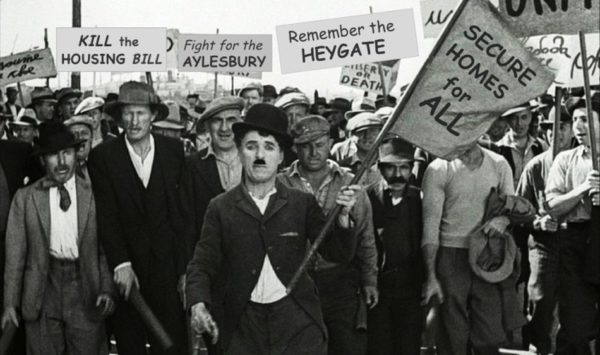
******************************************************************************************************************************** Brownstone Detectives investigates the history of our clients’ homes. The story you are about to read was composed from research conducted in the course of one of those investigations. Do you know the history of YOUR house? ******************************************************************************************************************************** In 1913, “Charlie Chaplin” was set to hit Bed-Stuy – in a big way. Let me explain. The residents of Stuyvesant Heights – 100 years ago – were concerned about any proposed construction developments that might encroach upon the way of life to which they’d grown accustomed. New people were moving into the neighborhood, new businesses opening up, and the residents felt they were losing control of what was going on around them. Specifically, they were justifiably troubled with the type of buildings the local developers might be planning to construct in their midst. In 1913, it was the movie houses. NOT IN MY BACKYARD! The construction of a “moving picture show” on Macon Street (near Lewis Avenue), was so unpopular, in fact, that its residents would take drastic measures against the proposal to build one “directly opposite the Public Library in Lewis Avenue.” The new theater was to go up on the northwest corner of Macon Street and Lewis Avenue, where a 3-story wooden structure (with a 2-story addition at back) had existed since the last century. Surrounded by their “fine residences,” the residents expected the lot to attract an establishment that would be more in keeping with the status of the neighborhood. When residents discovered, though, that the owners […]
WHAT EVIL LURKS AT No. 666 MACON? (1903)
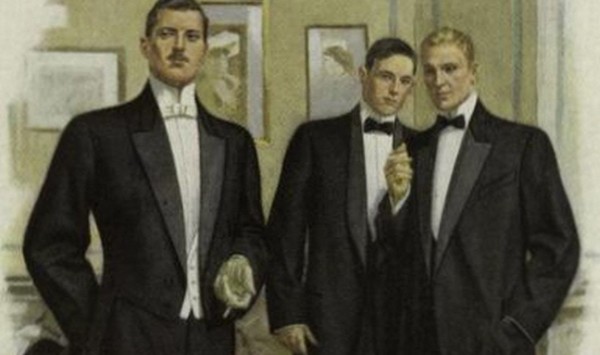
******************************************************************************************************************************** Brownstone Detectives investigates the history of our clients’ homes. The story you are about to read was composed from research conducted in the course of one of those investigations. Do you know the history of YOUR house? ******************************************************************************************************************************** Back in 1903, society saw less evil in the world. Especially in its own neighborhoods. Some people, though, saw it all around them. It was not certain which vantage point drove Ebba Stolpe, but she clearly saw the gathering forces of darkness over 666 Macon Street. LITTLE AMANDA STOLPE Little Amanda Stolpe (Ebba’s younger sister) was just 11 years old when her father died. For reasons that are not clear, Amanda’s step-mother decided that Amanda could be better taken care of by another family. The Bodines, who took little Amanda in, were John and his purported “wife,” Augusta. They were the caretakers of the Sixteenth Assembly District Republican Clubhouse – commonly referred to as the King’s County Men’s Club. Located at 666 Macon Street, in a 2-story and basement brownstone, the King’s County Republican Club was one of the “best known political clubs in Brooklyn,” according to the Brooklyn Daily Eagle, and included amongst its members “many men well known in the business and public life of the city.” Well-known or not, when Ebba found out that her 11-year-old sister was living and working – for Amanda helped with the cleaning and the sweeping at the clubhouse – at the King’s County Republican Club, she was none too pleased. She and […]
THE HERO OF THE HALSEY STREET FIRE (1911)
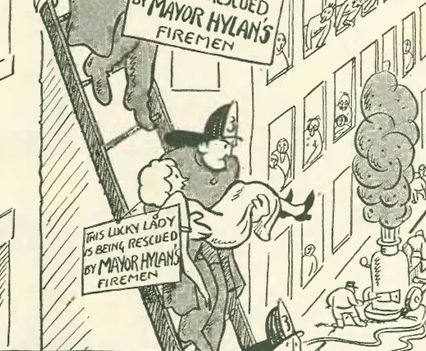
******************************************************************************************************************************** Brownstone Detectives investigates the history of our clients’ homes. The story you are about to read was composed from research conducted in the course of one of those investigations. Do you know the history of YOUR house? ******************************************************************************************************************************** Late in 1911, on a brisk early November morning, a fire broke out in the ground floor store of a 4-story corner apartment building across the street from Saratoga Square Park. It quickly spread, engulfing the entire building. Smoke pouring out of the store on the ground floor of 801 Halsey Street was first seen by a streetcar motorman, William Coffey, who, thinking quickly, began to clang his streetcar gong to arouse the sleeping inhabitants of the building. Coffey and his conductor, along with their six passengers, descended from the car and rushed to the building to do what they could do to assist in evacuating the residents. The fire had apparently started on the ground floor on the Halsey side of the building in a stationery store run by Wolf Bialik. Next door was a grocery store operated by Ernest Seemeyer. The flames then quickly “shot up the dumb waiter shaft to the roof, mushrooming out on each floor.” DETECTIVE O’HARA TO THE RESCUE Across the street, at No. 98 Howard Avenue, a 37-year-old police detective, Irving A. O’Hara, upon hearing the street car gong, had begun dressing quickly and rushed across the street to assist. By this point, the three families living in the building had made it out […]
A COLLAPSE, A DEATH, & AN INQUIRY (1912)
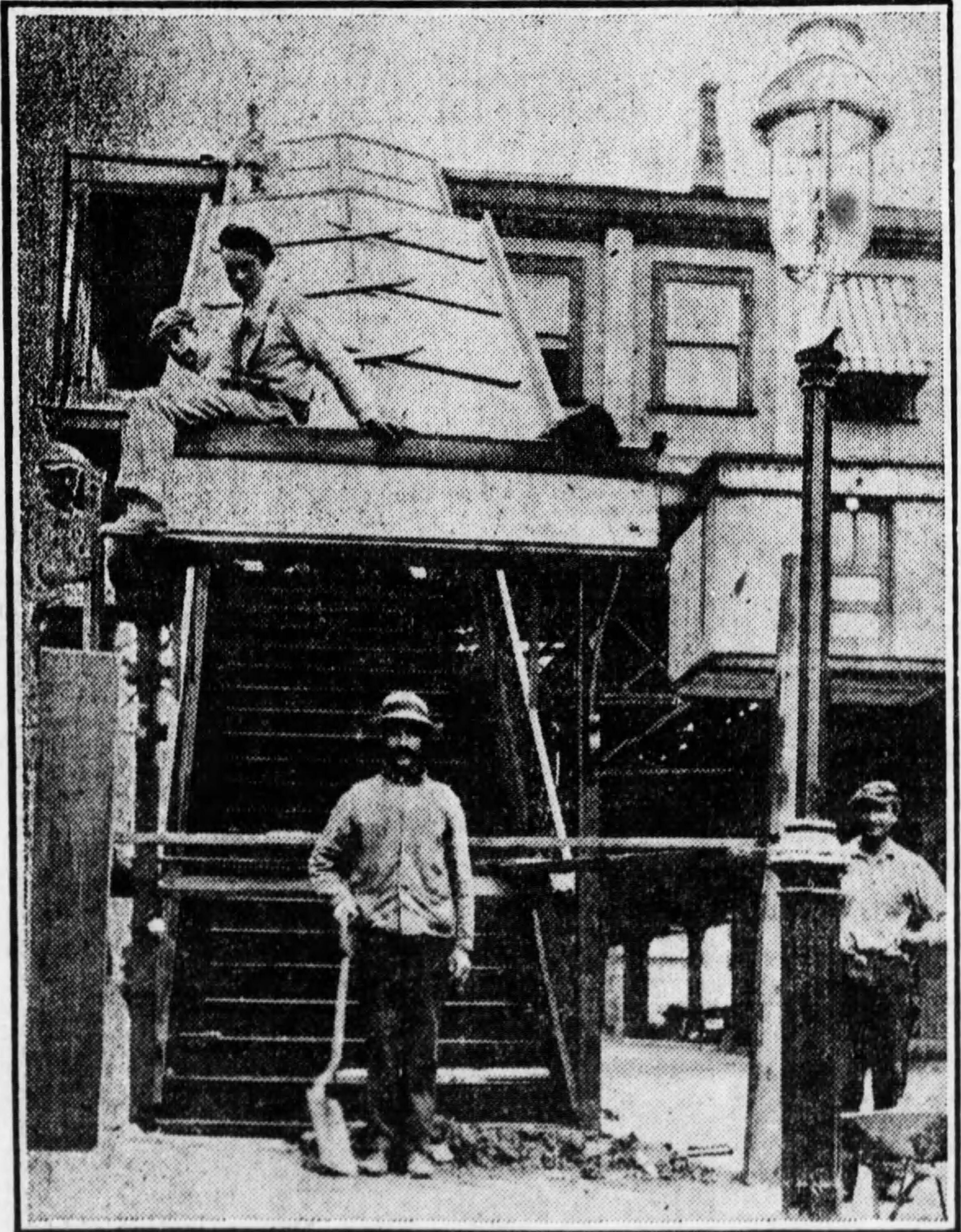
******************************************************************************************************************************** Brownstone Detectives investigates the history of our clients’ homes. The story you are about to read was composed from research conducted in the course of one of those investigations. Do you know the history of YOUR house? ******************************************************************************************************************************** It happened just before Christmas of 1912. A young husband in the prime of his life rushes to buy a last-minute Christmas gift for his beautiful wife. With the pearl necklace safely deposited in his suit-coat pocket, he dashes to catch the train that is approaching. Rushing up the stairwell to the Long Island Rail Road (L.I.R.R.) platform, he quickly reaches the top step. As he turns the corner to run for the platform, he barely senses the very stairwell beneath him shifting almost imperceptibly beneath his feet. Then, as a loud crack reports his entire balance has shifted, and he is suddenly in a terrifying free-fall. Seconds later the young husband’s body is covered with tons of – what had seconds before been – concrete stairs. This fatal collapse of the L.I.R.R. stairwell occurred at Atlantic and New York avenues, and was subsequently blamed on the corrosion of two cast-iron posts which supported the entire concrete structure. The tragedy on the L.I.R.R. stairway at New York and Atlantic avenues ended in the sudden death of a well-known art expert, David H. Cochran of 113 Macon Street. THE BEGINNING OF A “BIG” INQUIRY The very day afterward, as the finger-pointing already began to take place, a “big” inquiry was established which […]
A BED-STUY BUILDER “GOES ASTRAY” (1891)
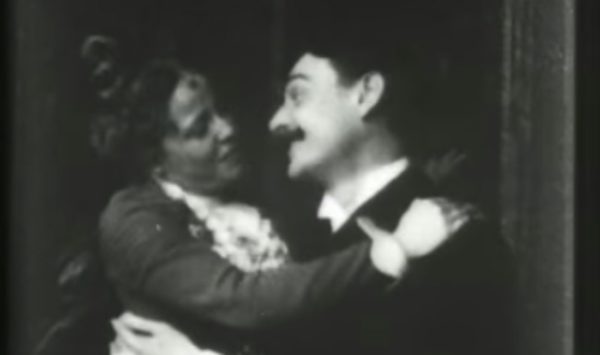
******************************************************************************************************************************** Brownstone Detectives investigates the history of our clients’ homes. The story you are about to read was composed from research conducted in the course of one of those investigations. Do you know the history of YOUR house? ******************************************************************************************************************************** One of the more colorful builders in the Bedford-Stuyvesant area before the turn of the century was Ransom F. Clayton. Clayton and his wife Hannah purchased entire blocks for development and became rich reselling land and building brownstones for occupancy. Clayton, approximately 60 years of age in the early 1890s, was the founder of the building firm Ransom F. Clayton & Son. In addition to being a builder, he had also been a jack-of-all-trades – a Civil War veteran, an inventor, a nominee for City Controller with the Prohibition Party, and a director and the treasurer of the Ocean Palace Elevated Railroad. In 1891, though, he could add to that list the title of “scoundrel.” For, in that year, having some years previous turned over the reins of his building firm to his son, Clayton was now being given the opportunity to lose the property in a highly publicized divorce scandal. Several newspapers of the time hyperventilated over the steamy details of the case, from the “plain black gown” that Mrs. Clayton wore to court, to the description of “the other woman,” Mrs. Margaret F. Oakley, who was “tall,” “finely formed,” and “richly attired,” and further to, finally, how the crowd in the packed court room erupted in applause when the […]
